By Christopher Miskimon
Alaric the Goth spent years fighting the Roman Army under their Gen. Flavius Stilicho, then served as a Roman officer, leading a Visigoth army which helped defeat Roman foes. Despite this, the Romans declined to give him the recognition he felt he deserved. Such recognition would have given him legitimacy as a Gothic king.
Despite being a sometime adversary of Stilicho, who was a power behind the Roman throne as well, the two proved able to cooperate and maintained a fragile peace for a time. However, when Alaric demanded a payment in gold to prevent him invading Rome, the Senate refused. Stilicho, knowing the situation, paid it anyway. That incident, along with several other military failures and Roman court intrigues, led to Stilicho’s arrest and execution in 408.
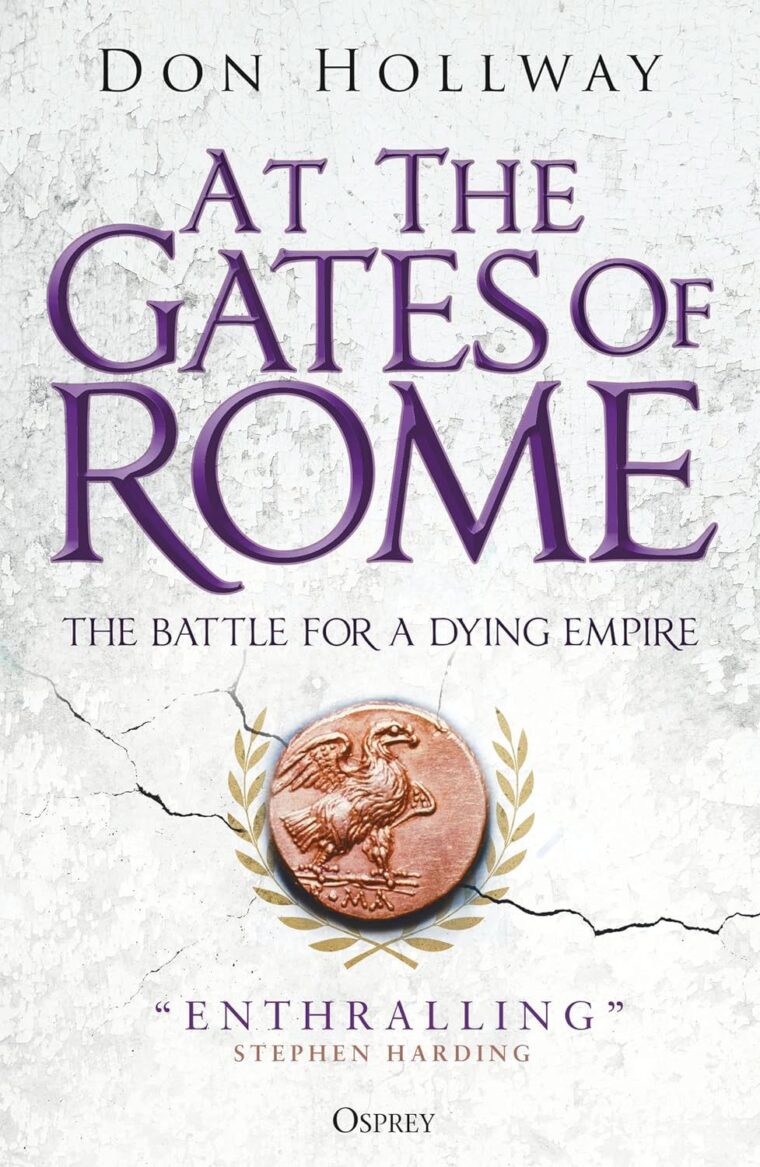 Word of Stilicho’s execution reached Alaric about a week later in his army’s quarters, likely in Teurnia (Later, Tiburnia, whose ruins are in modern Austria). While Alaric probably did not mourn Stilicho, he had been a foe worthy of respect. His death taught Alaric a lesson; if Stilicho, a Roman general, could not trust his own countrymen, the Visigoth’s king, by Roman standards a “barbarian,” certainly could not. Still Alaric wanted peace and asked for a token sum to preserve it, hoping to impress the Romans with his charity. Instead, they took it as a sign of weakness and fear.
Word of Stilicho’s execution reached Alaric about a week later in his army’s quarters, likely in Teurnia (Later, Tiburnia, whose ruins are in modern Austria). While Alaric probably did not mourn Stilicho, he had been a foe worthy of respect. His death taught Alaric a lesson; if Stilicho, a Roman general, could not trust his own countrymen, the Visigoth’s king, by Roman standards a “barbarian,” certainly could not. Still Alaric wanted peace and asked for a token sum to preserve it, hoping to impress the Romans with his charity. Instead, they took it as a sign of weakness and fear.
Rebuffed, Alaric marched on Rome in 408 with an army of perhaps 30,000, marching down the east side of the Italian peninsula with no opposing force to stop him. Instead of making needed preparations, the Senate instead accused Stilicho’s wife of inviting the Goths to invade. When Alaric’s army arrived at Rome in October, they found it protected by formidable walls. The Goths blockaded the gates and placed archers and torchbearers along the Tiber River, through which Rome’s food supplies had to pass.
The siege dragged on into 409, with the Roman citizenry starving. Eventually, they paid a heavy ransom and Alaric withdrew to Etruria to await further developments. More negotiations followed, with many of Alaric’s demands quite reasonable under the circumstances, but the Romans lacked the unity to realize they should meet them. Another siege began in 409, ended badly for all, followed by a third siege in 410. This time, they entered the city and ravaged it.
The story of Alaric’s invasion and sack of Rome in the early 400s is a complex one, with not only combat, but intrigue, suffering and a large degree of vengeance, at least for Alaric. The story of Rome’s fall, the personalities involved and the quite byzantine events which led to it are well-told in At the Gates of Rome: The Battle for a Dying Empire (Don Holloway, Osprey Publishing, 2024, 367 pp., maps, photographs, bibliography, index, $22, SC)
Creating an accurate book on ancient conflict is a difficult process. There are numerous sources to be studied, some of which may have the writer’s bias and be simply inaccurate. The author must compare this multitude of source material to find inconsistencies, then seek to confirm what they think is the most accurate narrative. Even then, it is difficult to be sure at times. In this new account of Rome’s downfall, the author does excellent work weaving together numerous sources to create an engaging and thorough volume. Rome’s fall was complicated, involving a large cast of characters; this work breaks it all down into a readable yet very literate chronicle.
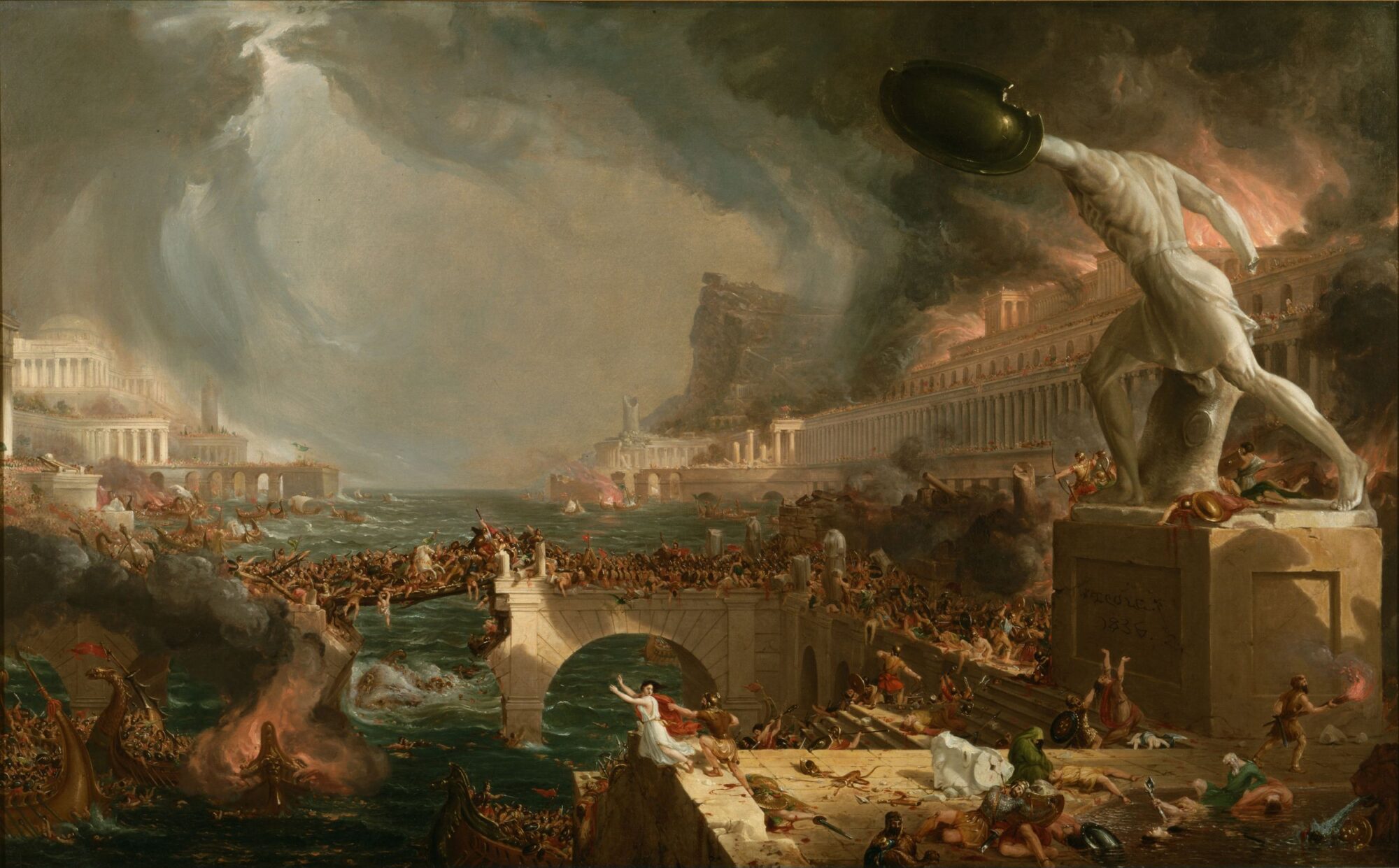
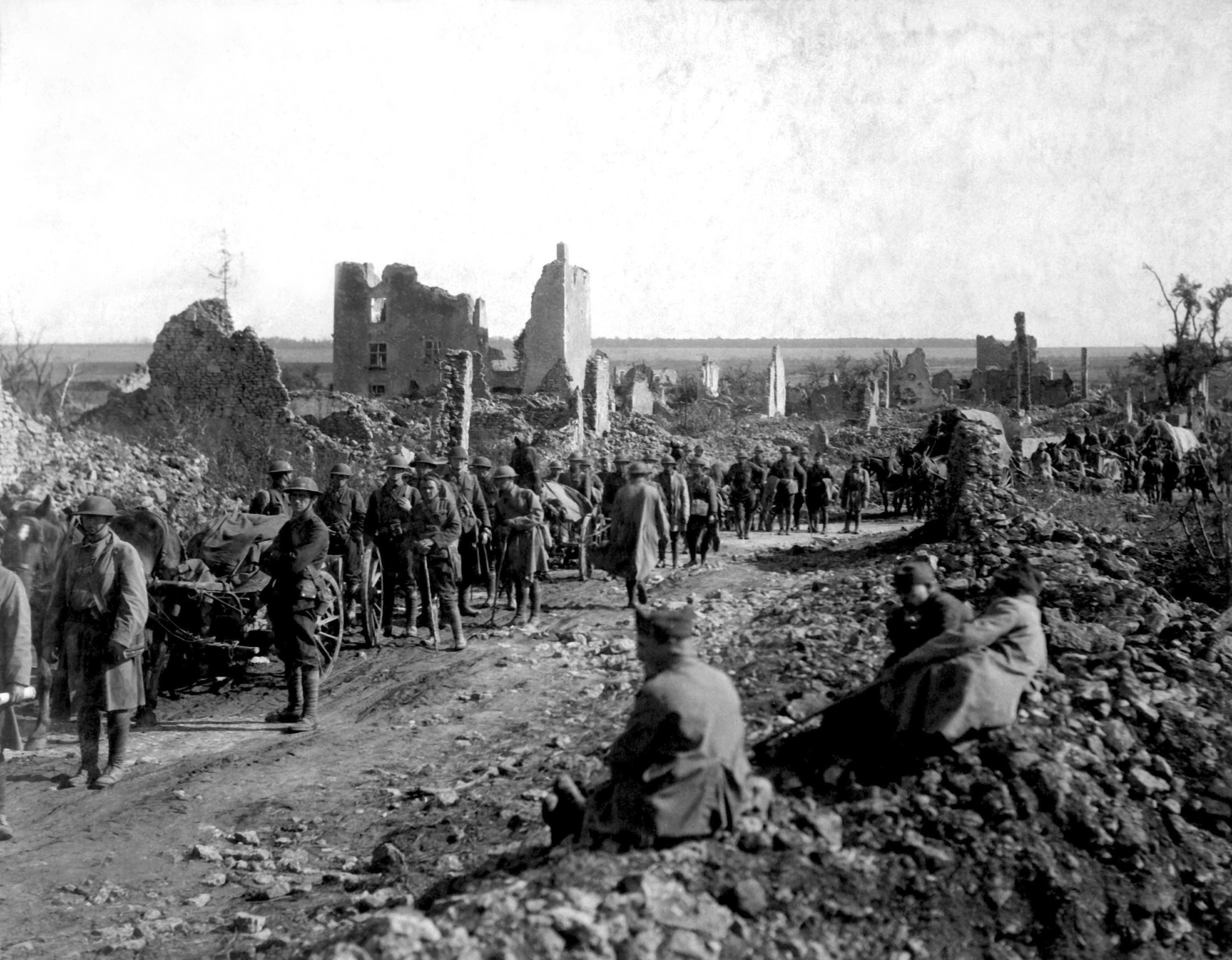


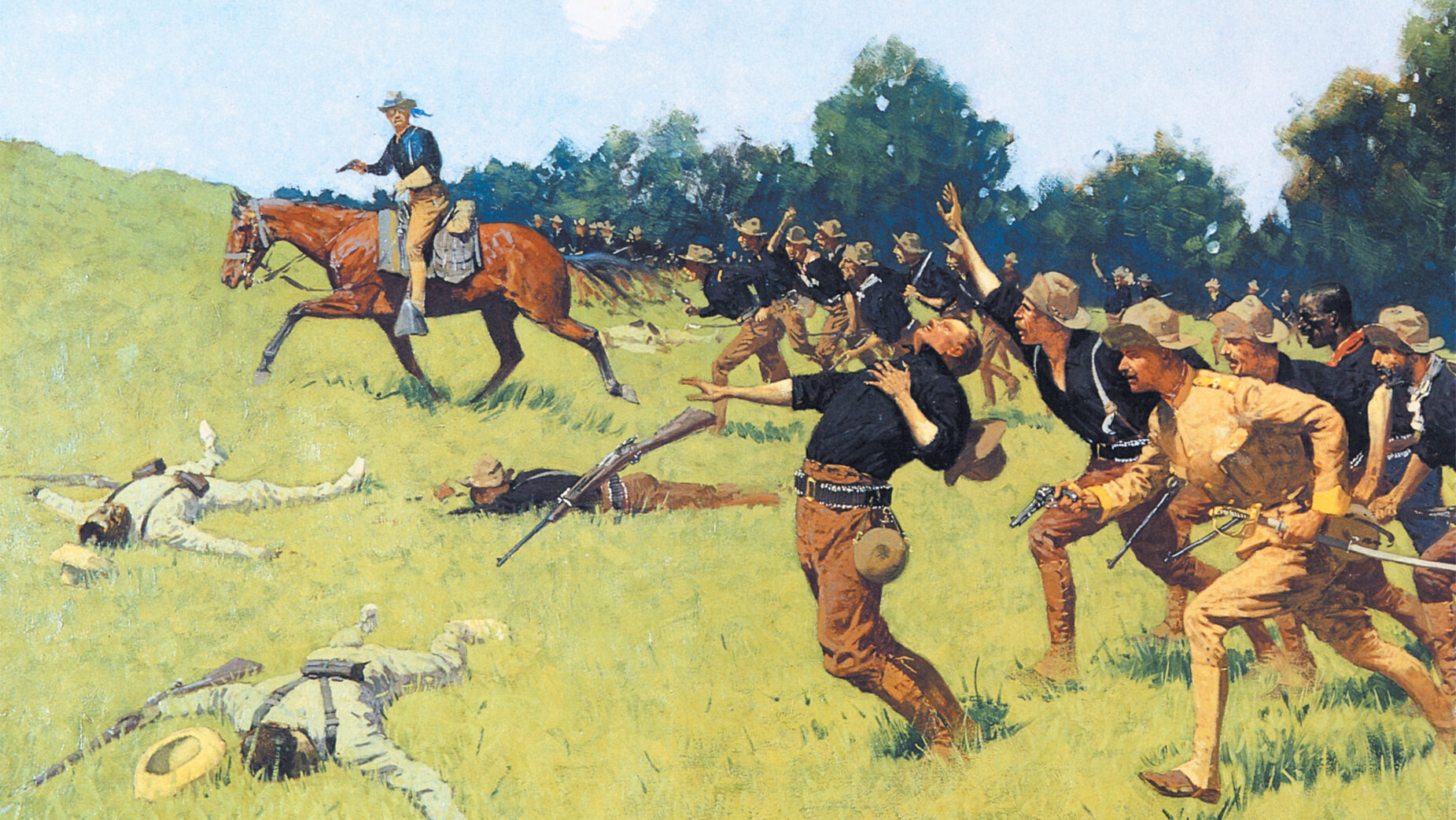

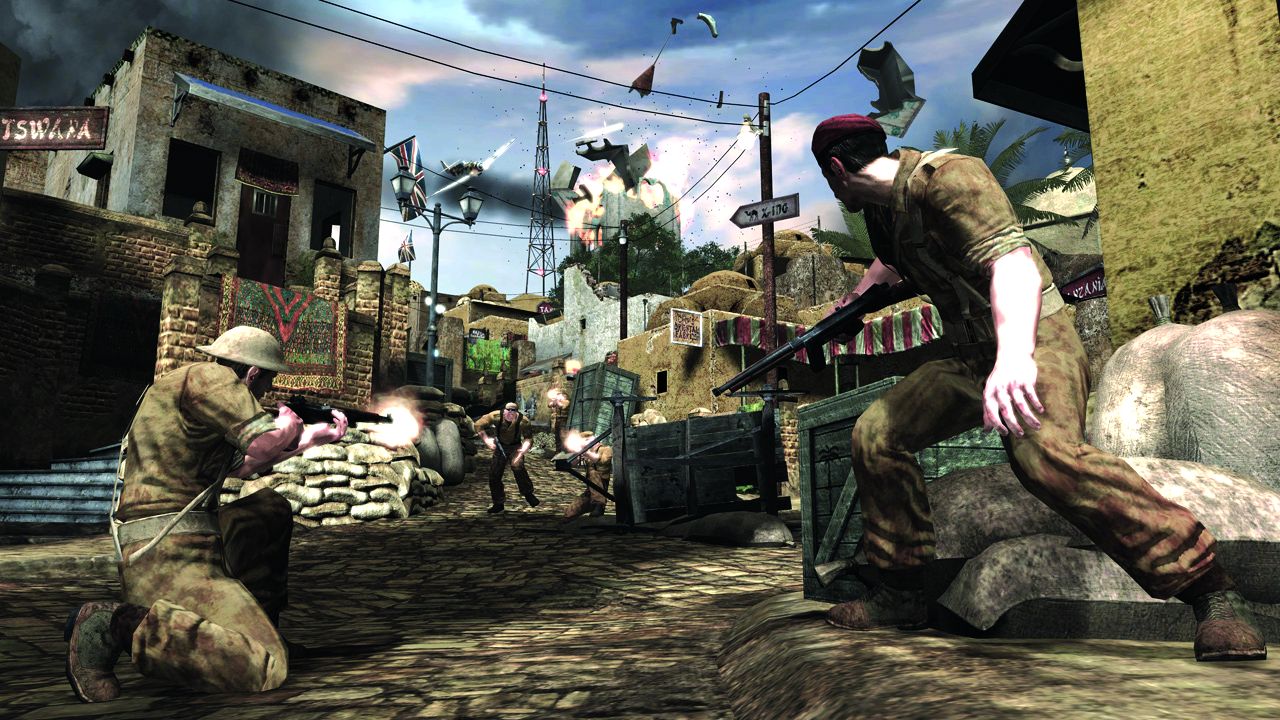


Join The Conversation
Comments
View All Comments